Daniel Eckhoff
Cardiopulmonary Resuscitation Quality Parameters from Inertial Sensor Data using Differential Evolution Fitting of Sinusoids
Aug 31, 2018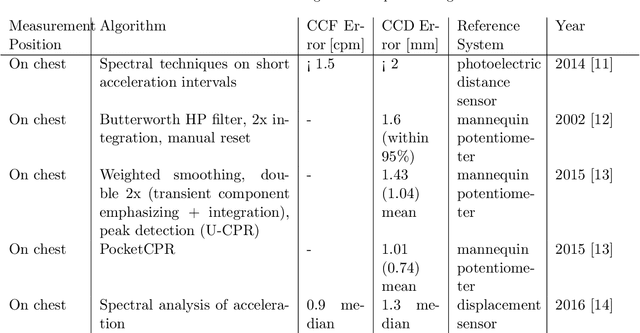
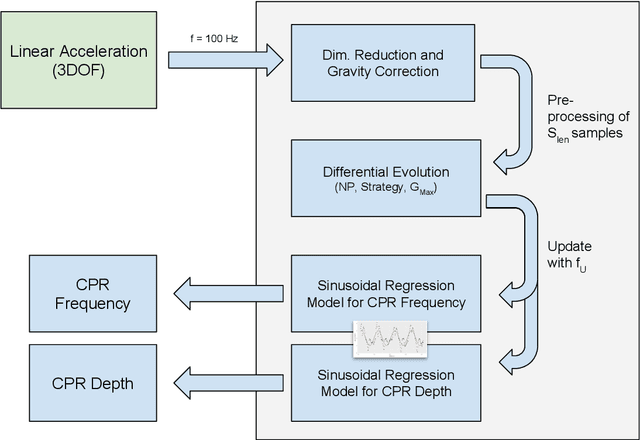
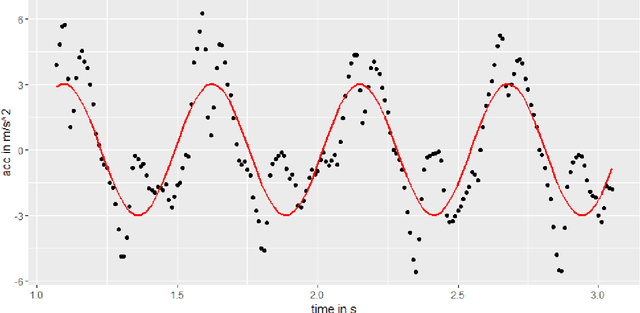
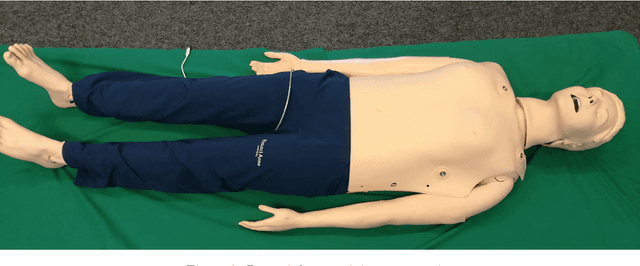
Abstract:In this paper, we present a robust sinusoidal model fitting method based on the Differential Evolution (DE) algorithm for determining cardiopulmonary resuscitation (CPR) quality-parameters - naming chest compression frequency and depth - as measured by an inertial sensor placed at the wrist. Once included into a smartphone or smartwatch app, our proposed algorithm will enable laypersons to improve cardiopulmonary resuscitation (as part of a continuous closed-loop support-system). By evaluating the sensitivity of the model with data recorded by a Laerdal Resusci Anne mannequin as reference standard, a low variance for compression frequency of +-2.7 cpm (2.5 %) has been found for the sensor placed at the wrist, making this previously not evaluated position a suitable alternative to the typical smartphone placement in the hand.
Cardiopulmonary Resuscitation Quality Parameters from Motion Capture Data using Differential Evolution Fitting of Sinusoids
Jun 26, 2018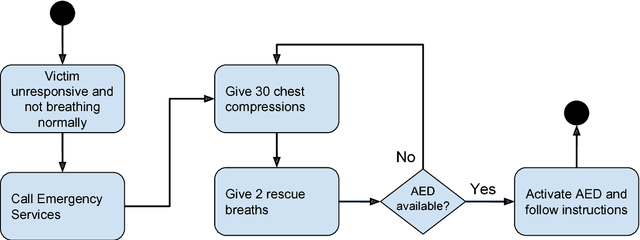
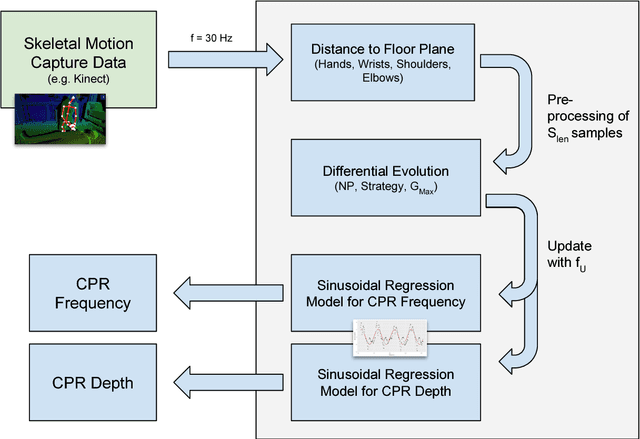
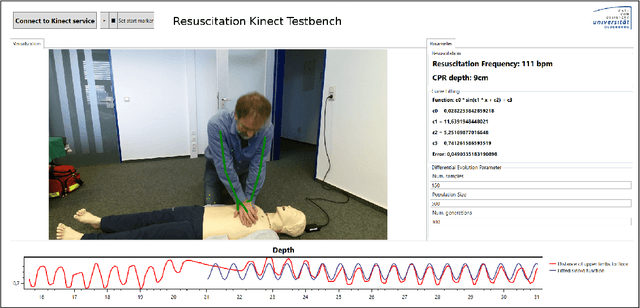
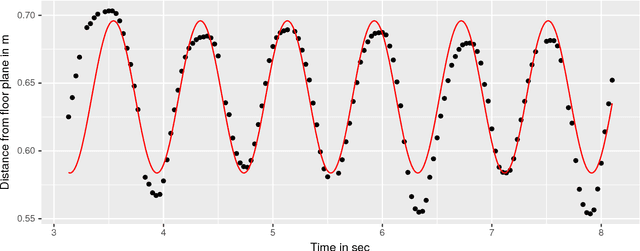
Abstract:Cardiopulmonary resuscitation (CPR) is alongside with electrical defibrillation the most important treatment for sudden cardiac arrest, which affects thousands of individuals every year. In this paper, we present a robust sinusoid model that uses skeletal motion data from an RGB-D (Kinect) sensor and the Differential Evolution (DE) optimization algorithm to dynamically fit sinusoidal curves to derive frequency and depth parameters for cardiopulmonary resuscitation training. It is intended to be part of a robust and easy-to-use feedback system for CPR training, allowing its use for unsupervised training. The accuracy of this DE-based approach is evaluated in comparison with data recorded by a state-of-the-art training mannequin. We optimized the DE algorithm constants and have shown that with these optimized parameters the frequency of the CPR is recognized with a median error of 2.55 (2.4%) compressions per minute compared to the reference training mannequin.
 Add to Chrome
Add to Chrome Add to Firefox
Add to Firefox Add to Edge
Add to Edge